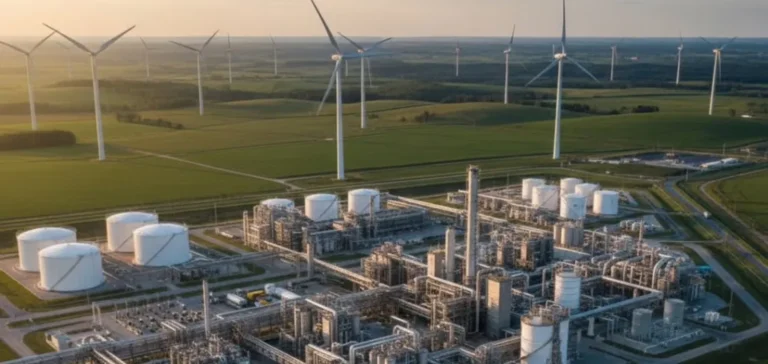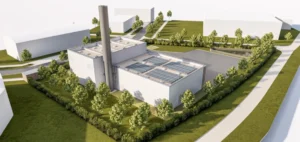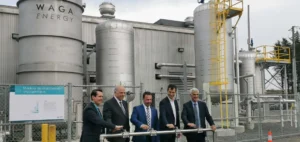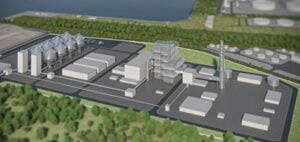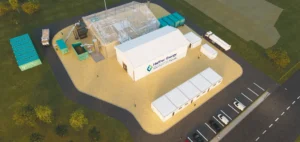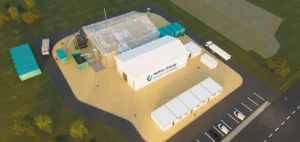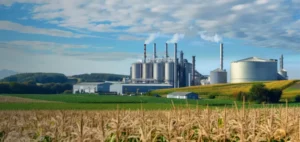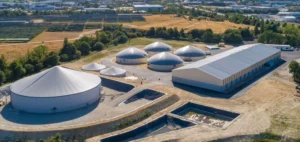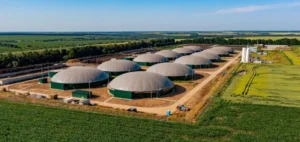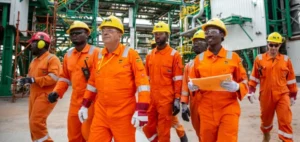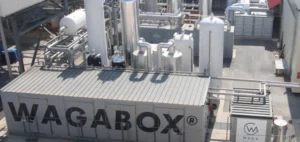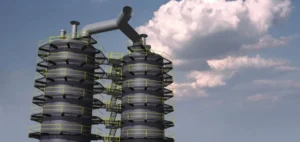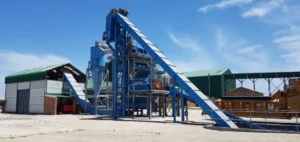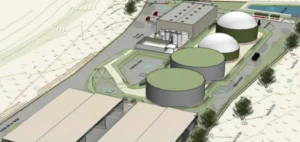A green methanol production project located in the Hinggan League region of Inner Mongolia has successfully completed technical tests of its biomass gasification technology. This step confirms the operation of the project’s core technology under various conditions, according to experts present on-site.
An annual capacity of 250,000 tonnes of green methanol
With an annual production capacity of 250,000 tonnes, the first phase of the project represents an investment of CNY2.296bn ($314mn). It is financed by a local green energy company, a subsidiary of Chinese group Goldwind Science & Technology. The technology enables the conversion of maize and other agricultural residues into methanol, combining biomass gasification with green hydrogen generated from wind energy.
Located in a zone with abundant wind resources, the site is part of a broader regional strategy to develop an integrated industrial platform around green hydrogen, ammonia and methanol. The stated objective is to position Hinggan League as a national-scale production hub.
Supply agreements with the global shipping sector
Green methanol purchase contracts have already been signed between Goldwind Science & Technology and shipping operators Maersk and Hapag-Lloyd. The Hinggan League site thus emerges as a strategic industrial link in the supply chain of alternative marine fuels for international commercial shipping.
In a context of growing demand for low-carbon fuels, the project positions itself as a source of green methanol for maritime and industrial uses. It supports efforts to secure the necessary volumes to sustain decarbonisation pathways of major shipping operators.
Scale-up to 1.45 million tonnes expected
Following the successful validation of the gasification technology, the administrative authorities of Hinggan League have signed investment agreements with the same Goldwind subsidiary for the development of the project’s second and third phases. These extensions are expected to raise the total capacity to 1.45 million tonnes per year once operational.
Construction of the additional phases is scheduled to begin in the coming months. The region thus aims to strengthen its role in large-scale alternative energy sectors, supported by the local availability of agricultural raw materials and renewable resources.


